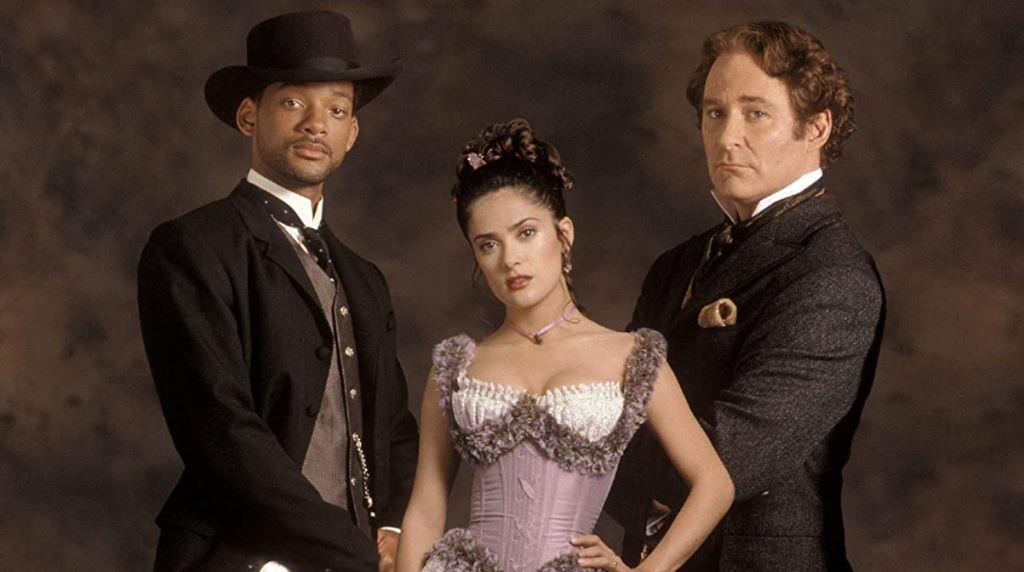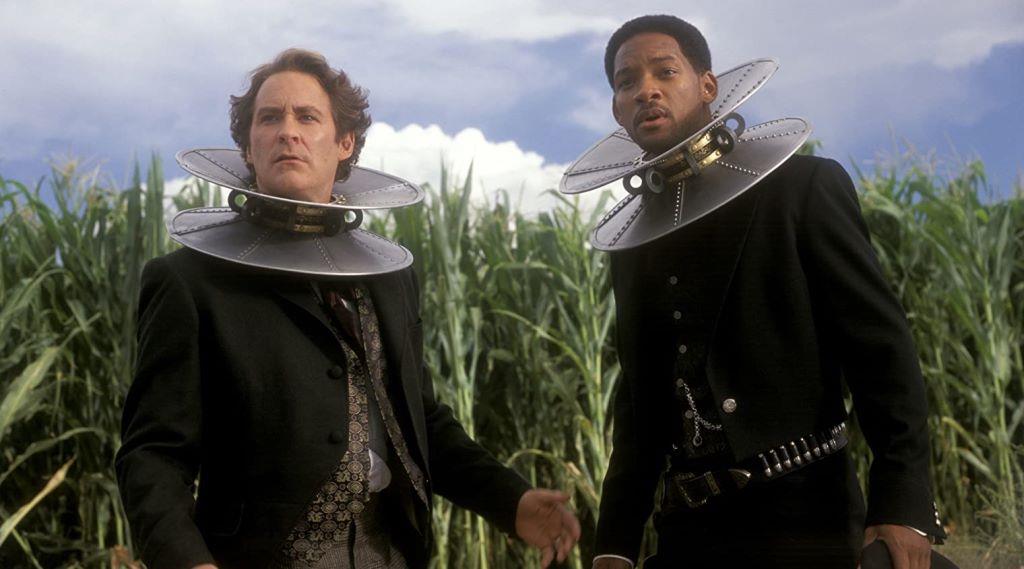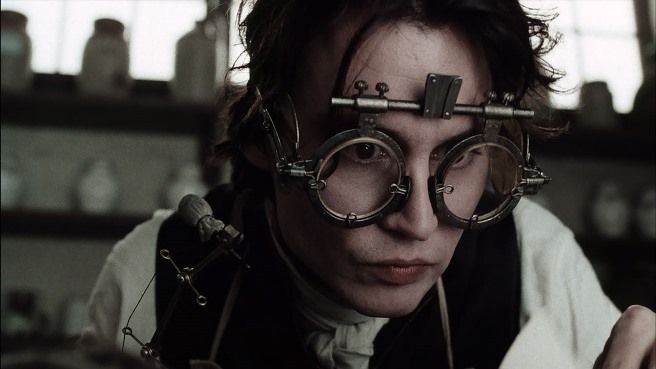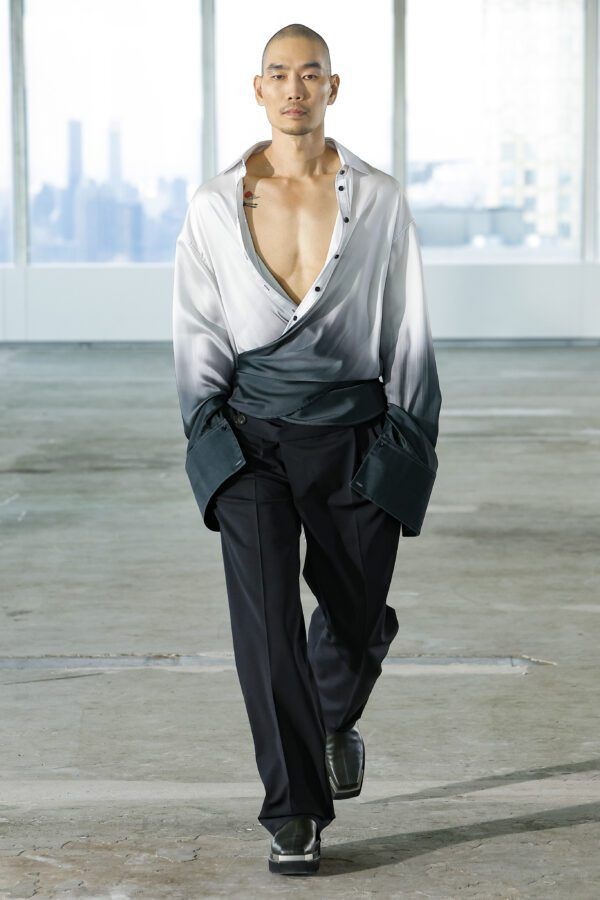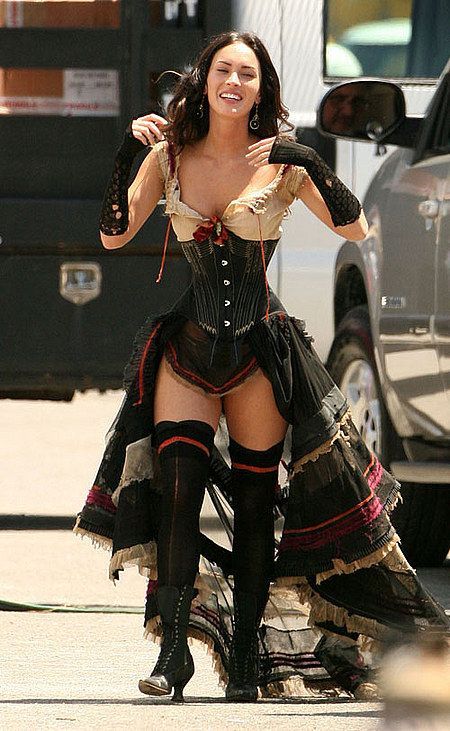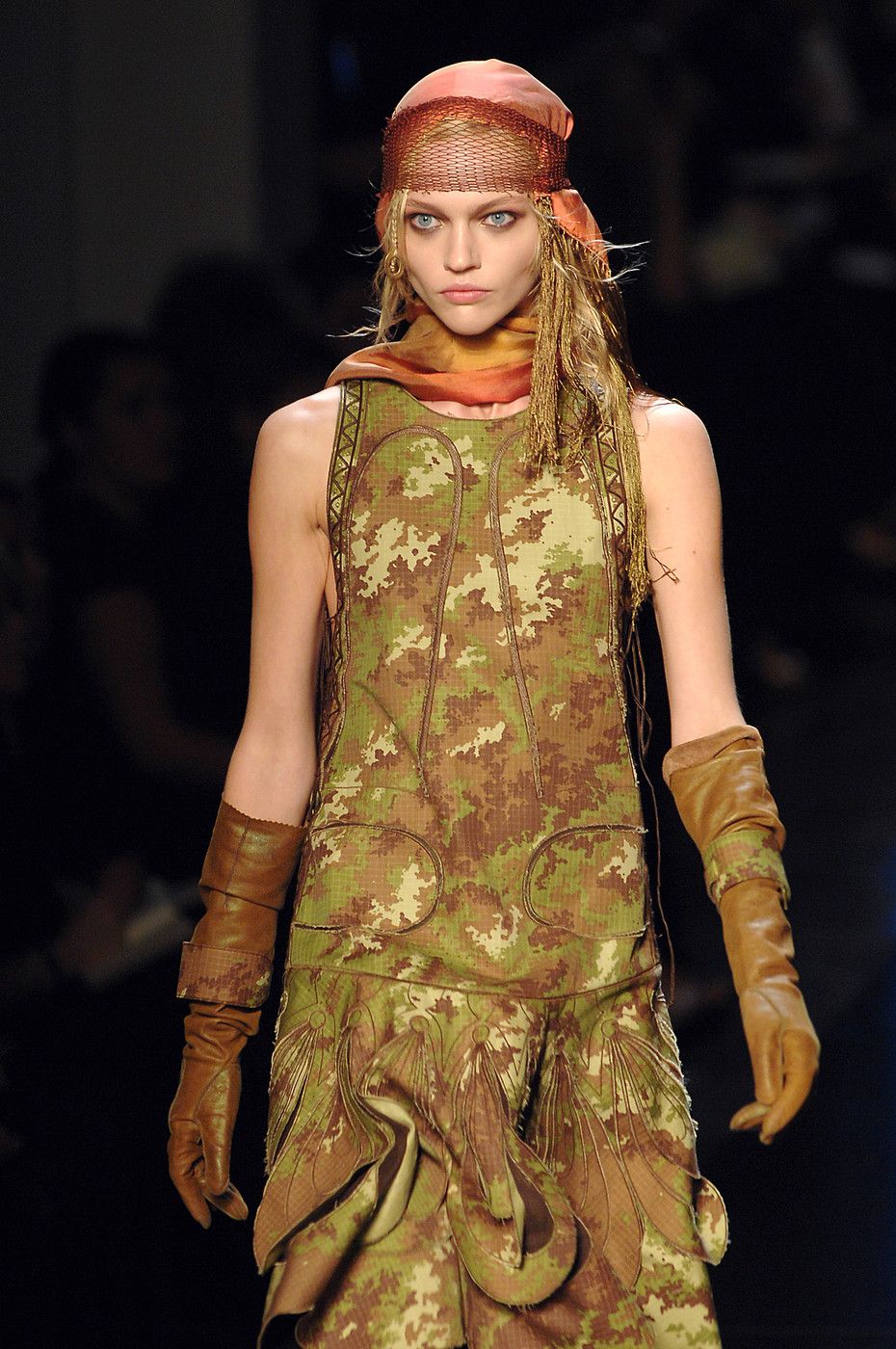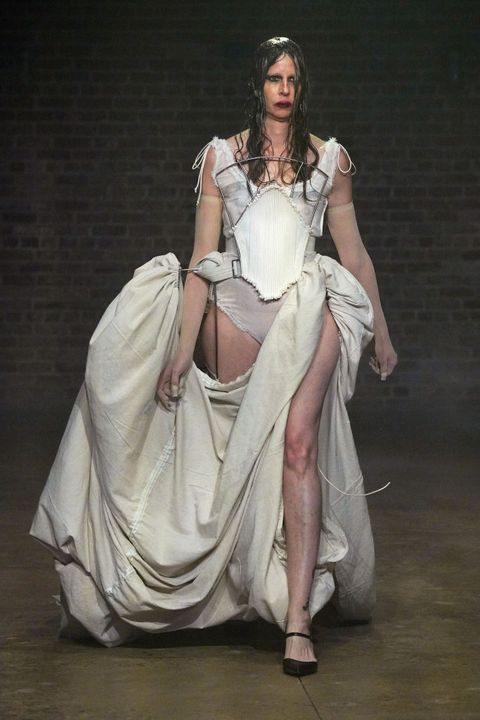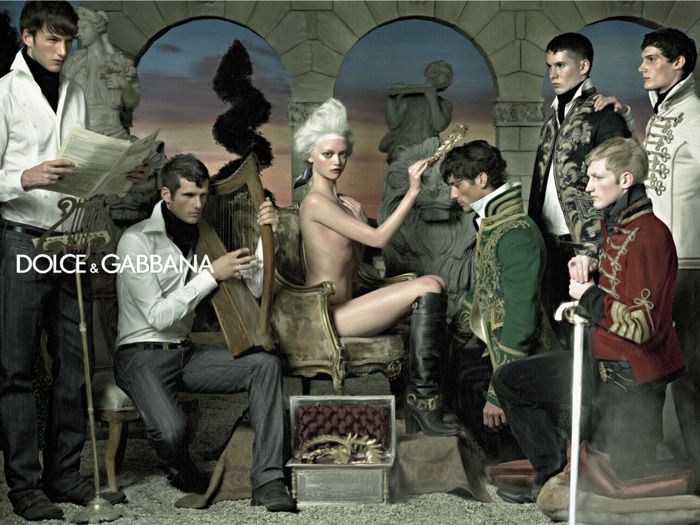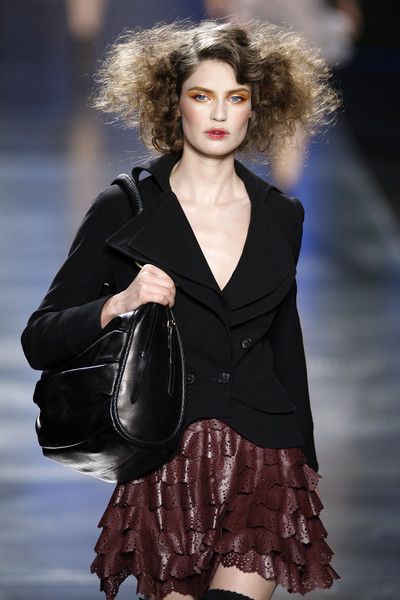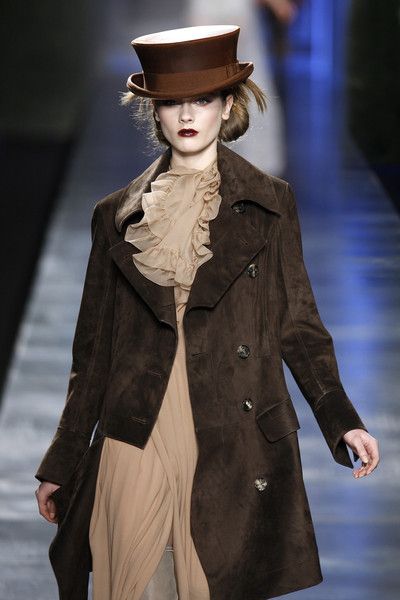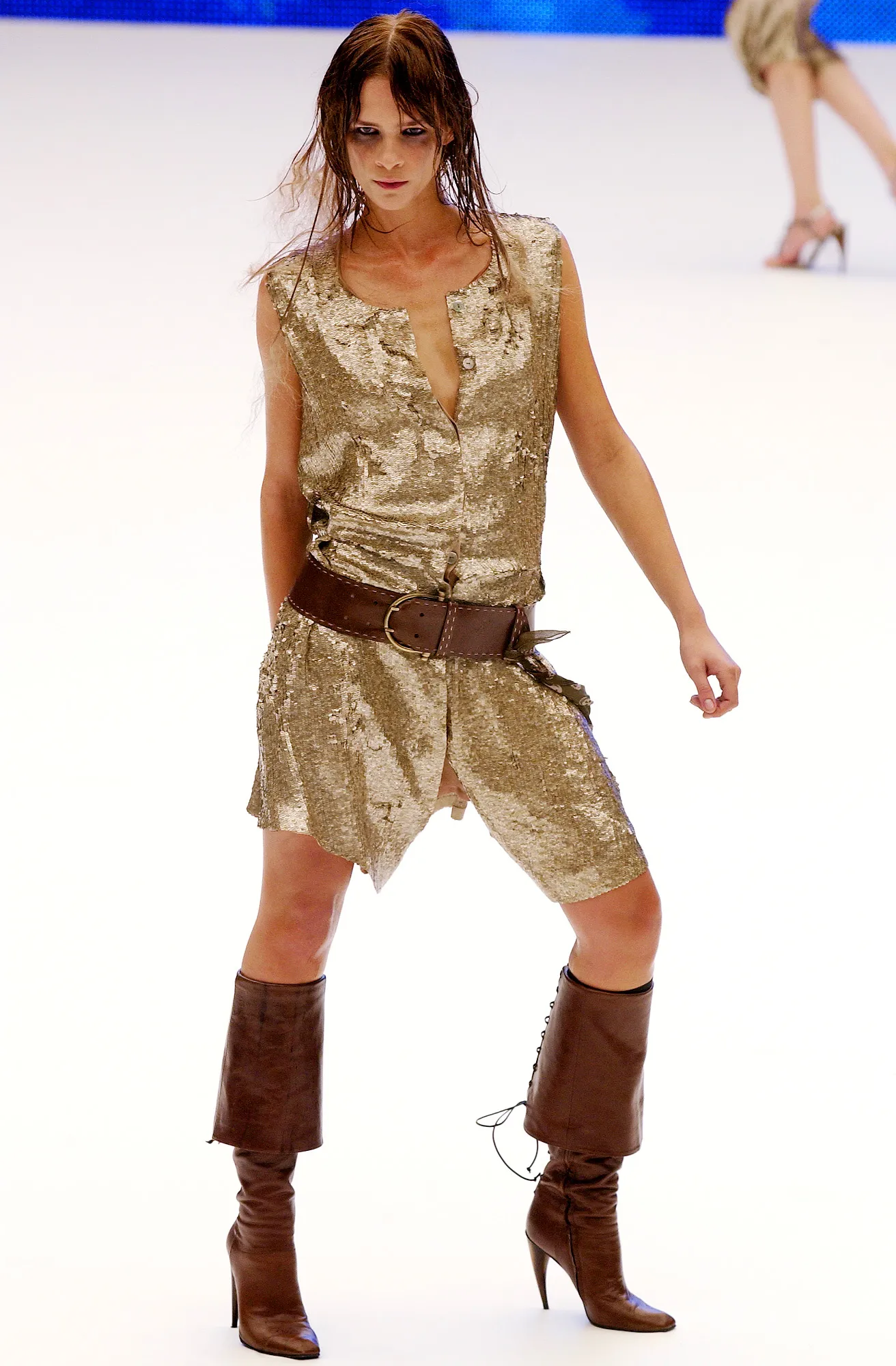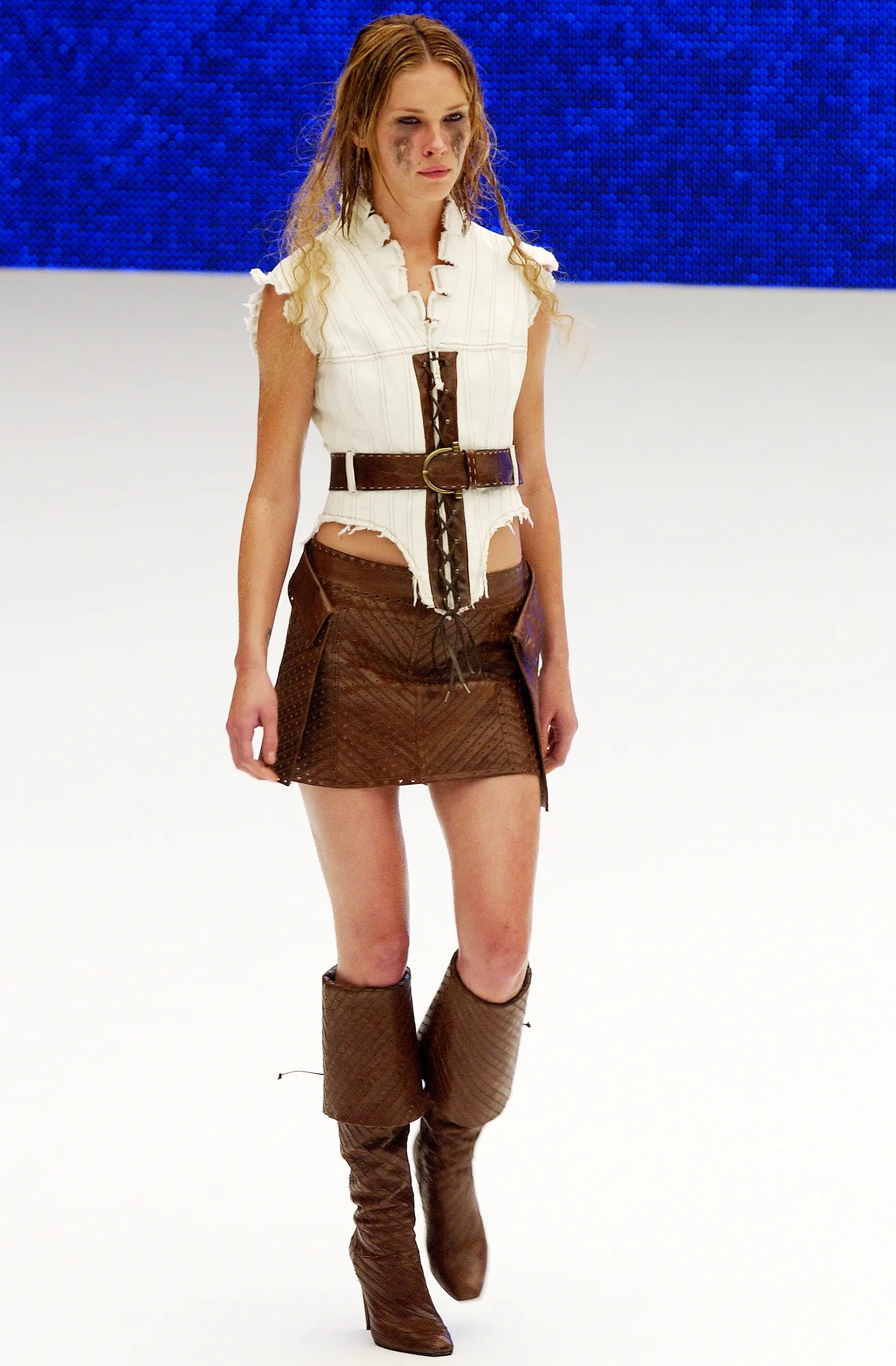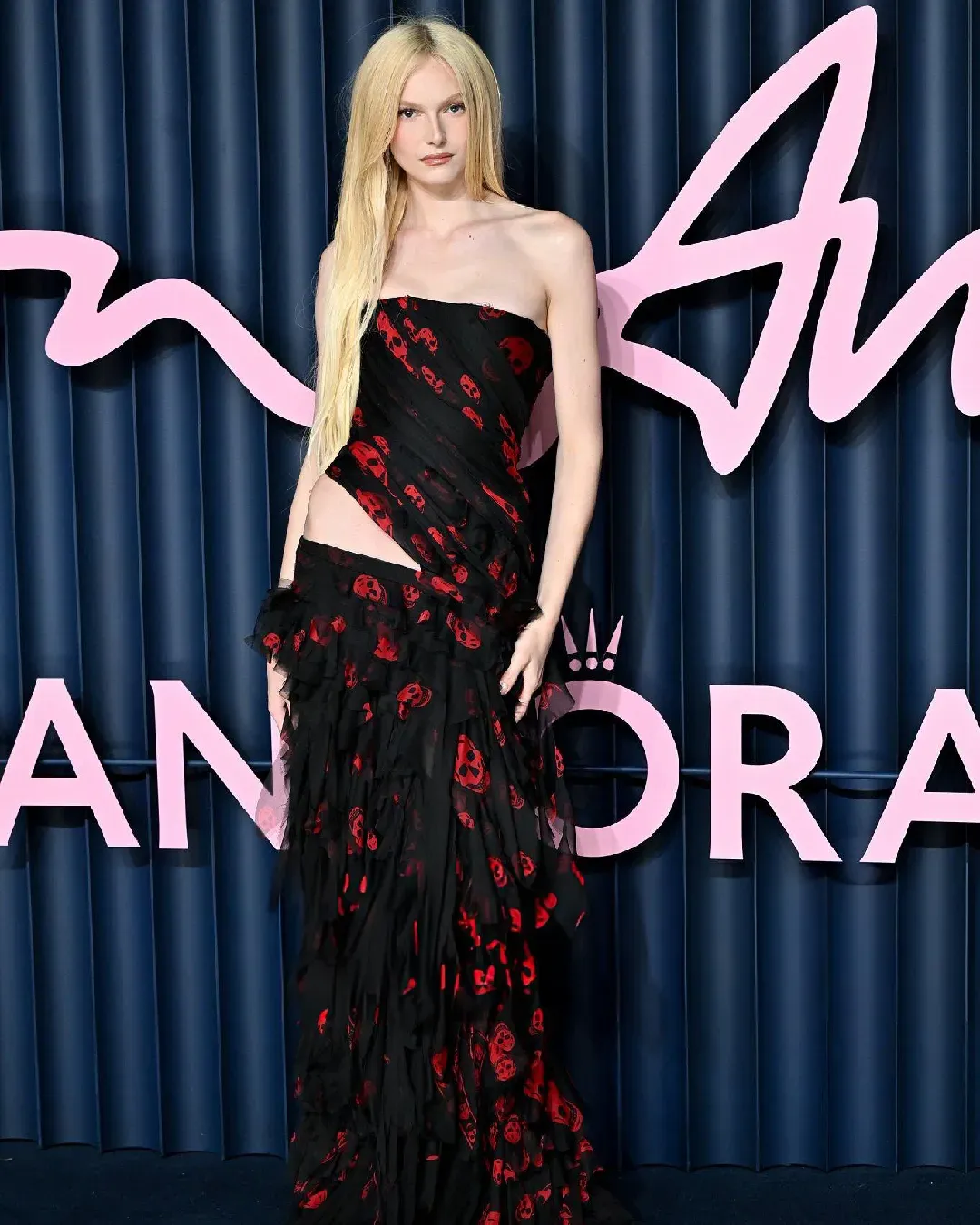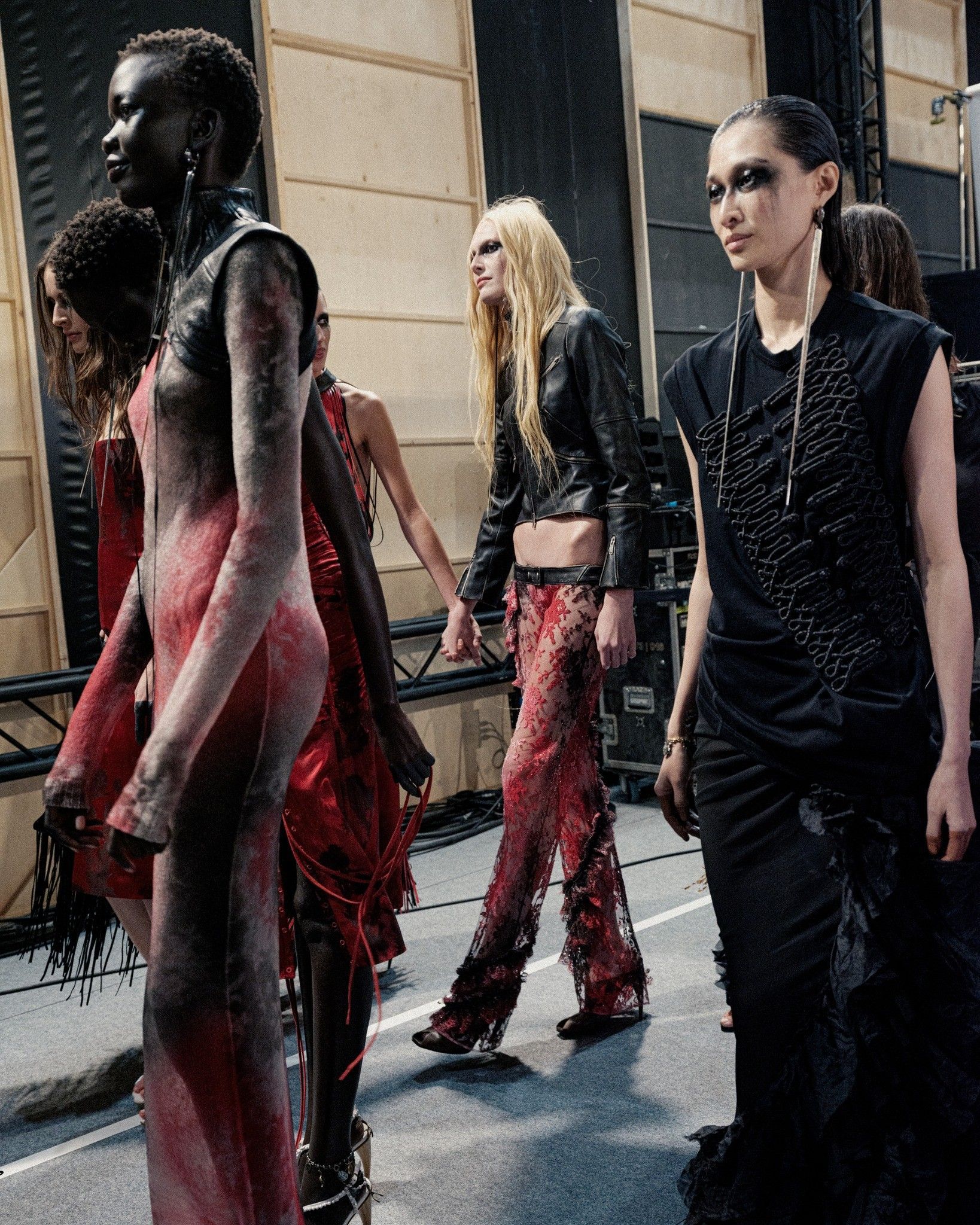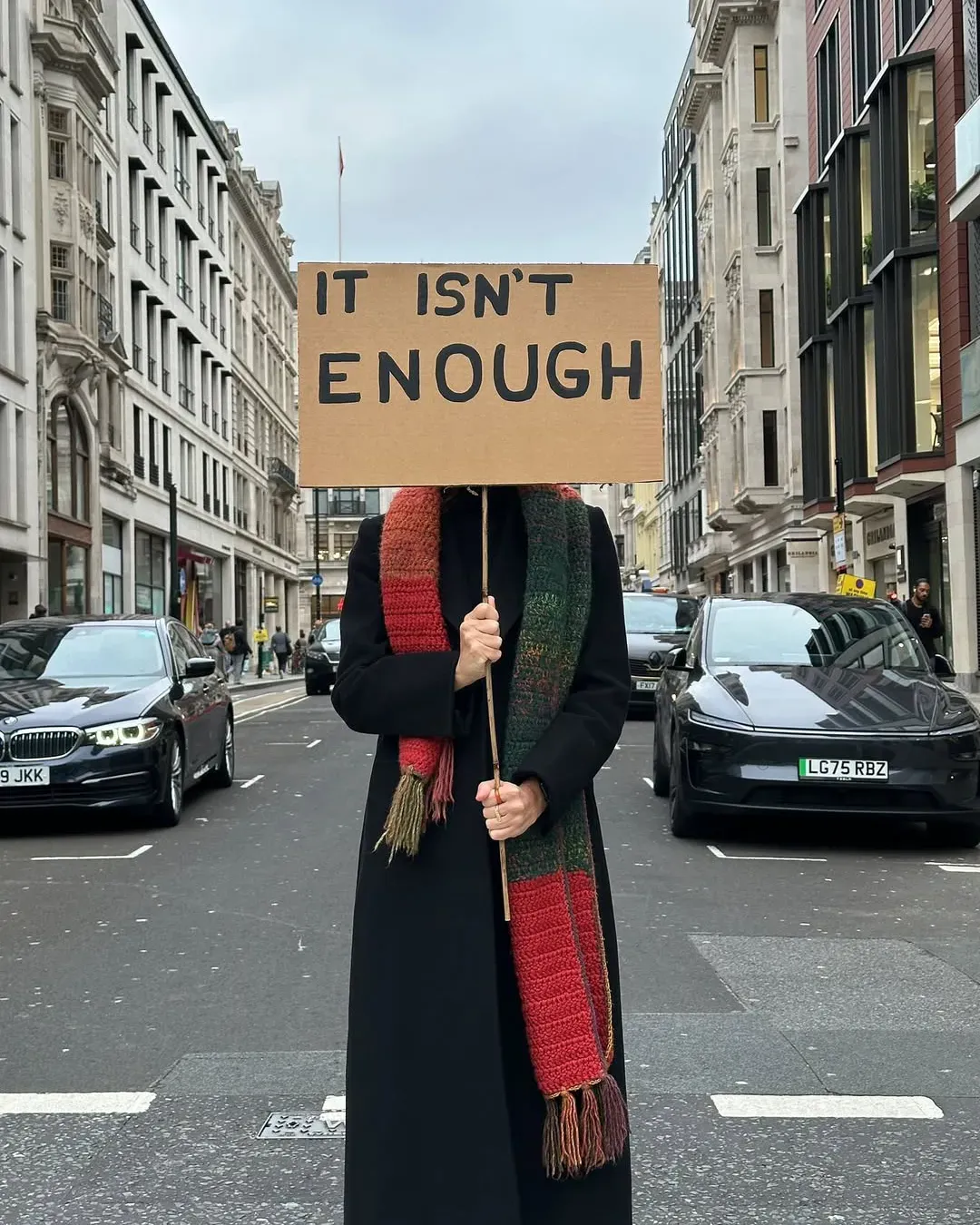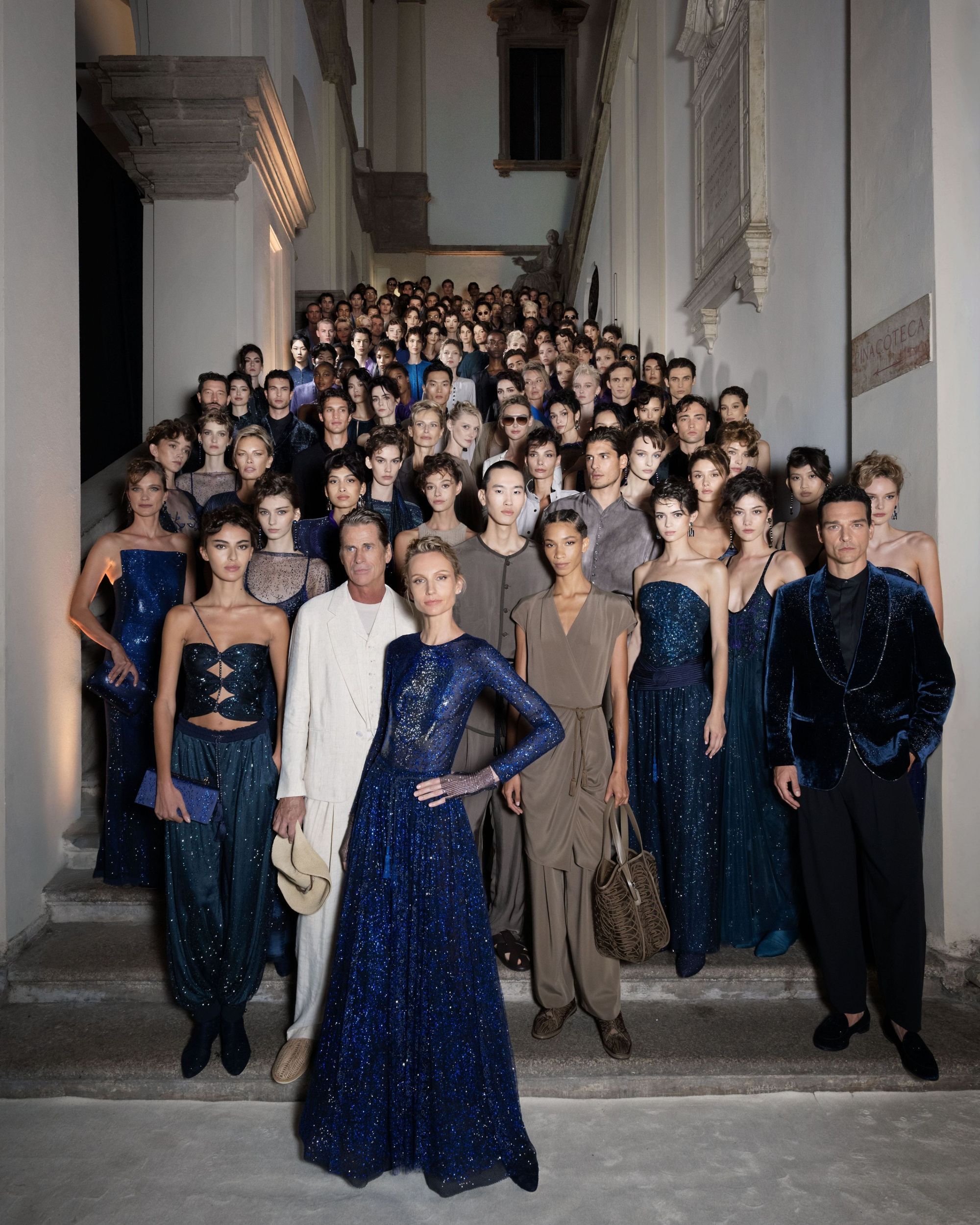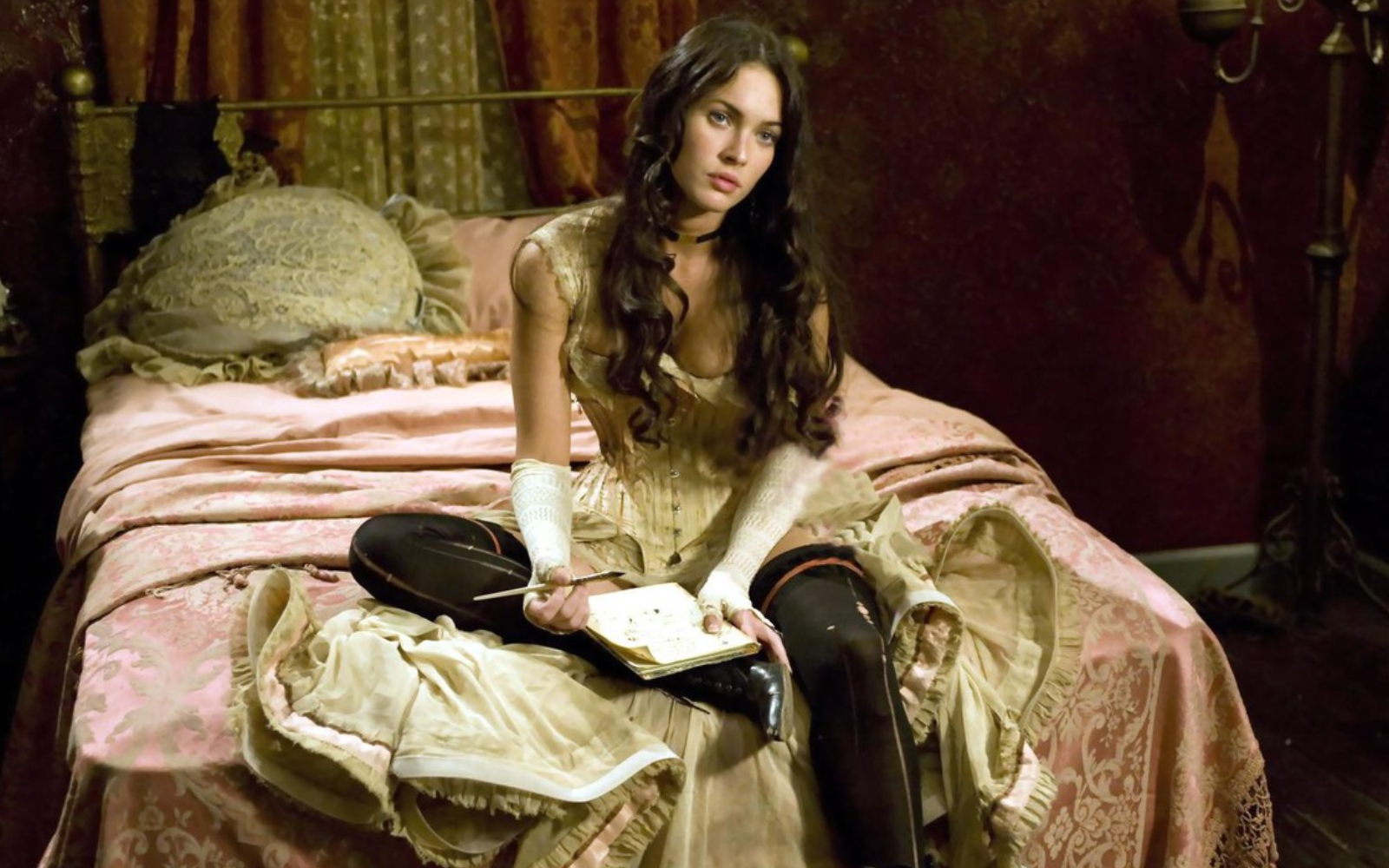
What's left of steampunk From John Galliano to Elena Velez, from cinema to literature
Corsets, cylinders, leather buckles with holsters in which to insert guns, vaporous, dreamy skirts, pirate shirts: steampunk fashion has no defined canons, but rather attempts to answer the question 'what would have happened if punk, goth and rivet had coexisted in Victorian times?'. The term was originally conceived by K.W. Jeter in 1987 to describe science fiction stories set during the reign of Queen Victoria (1819-1901), in the wake of authors such as Robert Louis Stevenson, G.K. Chesterton and Sir Arthur Conan Doyle and the industrial London narrated by Charles Dickens, but today it designates, in a broader sense, all those forms of fantastic fiction set in centuries even after the 19th century or in fictitious universes, but still with very strong references to the 19th century, the industrial revolution and the 19th century science novel. And if in encountering a man in a tailcoat and bowler hat, complete with aviator goggles, or a woman in a period dress with her face sprinkled with piercings and a brass telescope in her hand, we would find the look if not in bad taste, then at least ostentatious, designers have largely taken inspiration from this subculture to draw new creative sap for their collections. From John Galliano's creations for Christian Dior's 2010 Haute Couture to the post-apocalyptic feminism of Elena Velez's SS23, from David Bowie to Ian Dury, and even cinema, music and literature, the Steampunk aesthetic has continued to exert a dark, ecstatic fascination.
Topical characters from 19th century literature - explorers, soldiers, lords, countesses and prostitutes - but with a punk, burlesque, dark or fetish twist, sub-genres that can include mohawk hairstyles, a massive use of piercings, shredded petticoats, Gothic styles such as the Gothic Aristocrat or Gothic Lolita. In 2005, Kate Lambert, known as 'Kato', founded the first steampunk clothing company, Steampunk Couture, mixing Victorian, cyber punk and tribal influences as well as science fiction and shabby chic. Among the first to resort to Victorian sci-fi imagery and bring one of the pivotal subcultures of the 1910s into vogue was Jean-Paul Gaultier, who for SS08 proposed pirate-style garments in earthy colours and in 2012 explored the men's suit paired with structured bodices and David Copperfield-style cylinders. In 2003 Alexander McQueen presented a collection with dark brown leather boots, vaporous jackets and shirts worn with leather and chuncky belts with buckles, and in 2006 Domenico Dolce and Stefano Gabbana gave their own interpretation of the trend with double-breasted financiers and high-waisted trousers in matching dandy taste. Vivienne Westwood's pirate imagery, on the other hand, dates back much earlier, to AW 1981, an exquisitely undone aesthetic that has accompanied the queen of punk for more than forty years.
Today the references are more rarefied and hinted at, such as the deconstructed shirts in Peter Do's suits or the raw hemlines, the bondage-style tops, the cascading cotton gauze dresses covered in black latex by Elena Velez, or the draping by Ludovic de Saint Sernin, the voluminous and fairy-tale skirts by Vaquera, the Spanish-style couture of Dior by Maria Grazia Chiuri. The Y2K revival has led Gen Z to review all the aesthetics that dominated the millennium bag years and the following decade, from Balletcore to Indie Sleeze, so it's no surprise that one of the most mistreated sub-genres in fashion history has had its moment of glory with 460 million views on TikTok. But, as Dazed points out, if in cinema Steampunk has become a genre in its own right, a branch of science fiction with specific traits, and counts titles such as Mutant Chronicles, Wild Wild West, The Legend of Extraordinary Men, Sky Capitan and the World of tomorrow and in animation Atlantis, Steamboy, Avril and the False World, in the everyday subculture often involves only middle-aged couples in anonymous British towns and Doctor Who fans, perhaps because, let's face it, not everyone would feel comfortable wearing a tailcoat and brass binoculars, or at least not in public.











































